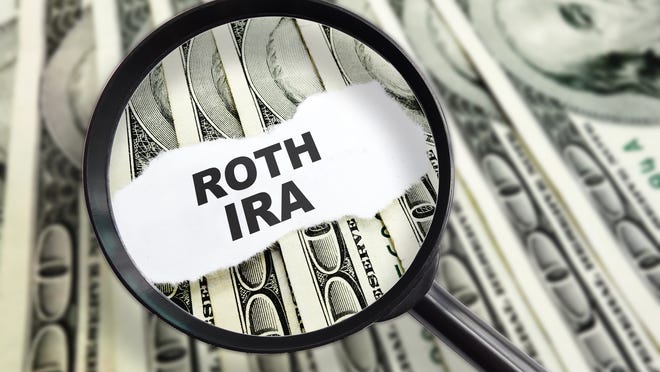Q. In your response to Billy about Roth IRAs, you said that contributions can be tax-free at any time, but taxes can be levied on other withdrawals as well. How does it work?
– Except in Satellite Beach
A. Sam, if you use a Roth IRA account properly, you will not pay tax for any distribution. You will get the most money when the money is deposited and left to grow until at least 59 years old½. Regardless, if you need money from a Roth IRA, you can always access your taxes without taxes, and you may have non-taxable access to other funds in the Roth IRA.
There are two five-year rules that apply to Roth IRAs. One states that if you distribute amounts that have been converted to a Roth IRA less than five years after the conversion and if you are not younger than 59, a penalty of 10% of the allocation will apply. This rule applies to each conversion separately.

The second five-year rule says that earnings withdrawn within five years of opening a taxpayer’s first Roth IRA are taxed regardless of the taxpayer’s age. If it is below 59 ½, a penalty of 10% is also envisaged. Once five years have passed since the opening of the first Roth IRA, this rule is no longer a problem even if the original Roth IRA no longer exists.
